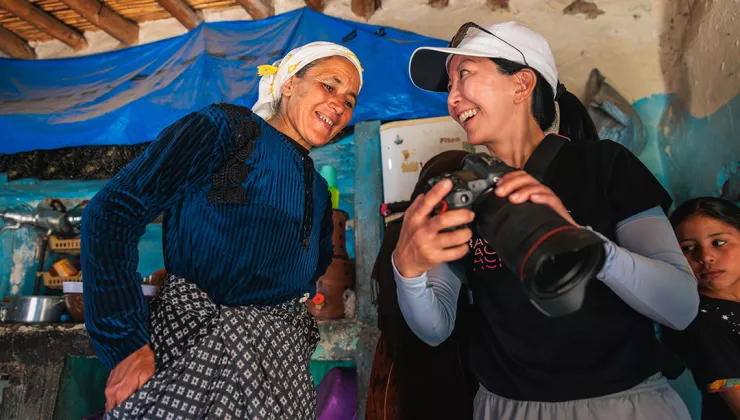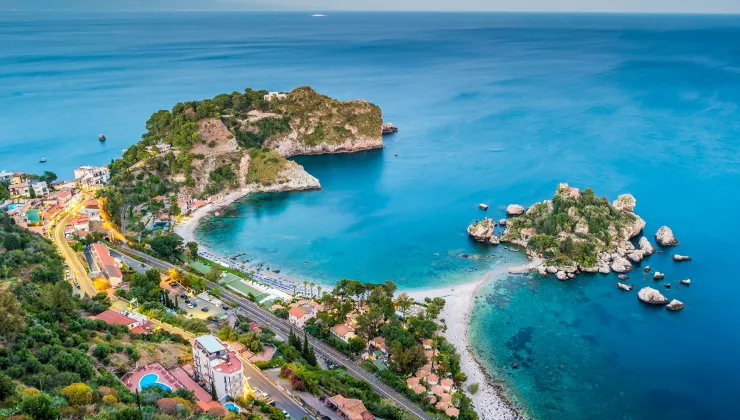Welcome to The BackBeat!
Welcome to The BackBeat, the Backroads blog. Looking for pro tips and a peek behind the scenes on trips around the world? We’ve got you covered. Tips and tales from the road and trail? Find it right here. Inspiration for your next epic adventure? Welcome to The BackBeat.

















